Annular pancreas, also known as crocodile jaw pancreas, is a morphological anomaly that results in pancreatic tissue completely or incompletely encircling the duodenum. This condition can cause duodenal obstruction and is therefore important to recognize, as radiologists are frequently the first to make the diagnosis.
On this page:
Epidemiology
The incidence is probably 1 in 250, however its incidence is not accurately reported 1. It is equally common in children and adults. Detection usually occurs during the 3rd to 6th decades of life.
Associations
Clinical presentation
The presentation in adults and children can be different 2.
About 25-33% of cases of annular pancreas in adults are asymptomatic and an incidental finding on imaging. However, it can cause pancreatitis, duodenal obstruction and rarely biliary obstruction. More common symptoms in adults include abdominal pain, post-prandial fullness, vomiting and gastrointestinal bleeding from peptic ulcer disease. In children, an annular pancreas may be associated with other congenital anomalies or cause duodenal obstruction.
Pathology
Embryology
The pancreas develops from a single dorsal and two ventral buds, which appear as outgrowths of primitive foregut at 5 weeks of gestation. The ventral buds fuse rapidly. In the 7th week of gestation, the duodenum expands and rotates the ventral bud from right to left which then fuses with the dorsal bud. The ventral bud forms the inferior part of uncinate process and inferior head of pancreas while the dorsal bud gives rise to the tail and body of pancreas.
Annular pancreas develops due to failure of the ventral bud to rotate with the duodenum, causing encasement of the duodenum.
Types
Annular pancreas can be either complete or incomplete 3:
complete annular pancreas: pancreatic parenchyma or an annular duct is seen to completely surround the 2nd part of duodenum
incomplete annular pancreas: annulus does not surround the duodenum completely, giving a 'crocodile jaw' appearance
Radiographic features
CT
Pancreatic tissue is seen to completely or incompletely surround the 2nd part of the duodenum. Associated duodenal narrowing and dilatation of the proximal duodenum may also be seen. In adults, it is frequently associated with pancreatitis.
MRI
MRCP
Apart from annular pancreas features, pancreatic ductal anatomy can be well assessed with MR imaging. The annular duct usually joins the main pancreatic duct or accessory duct (duct of Santorini).
Treatment and prognosis
In symptomatic cases of annular pancreas, surgical management is the treatment of choice. Bypass surgeries such as duodenojejunostomy or gastrojejunostomy are the mainstay of surgical management 4.







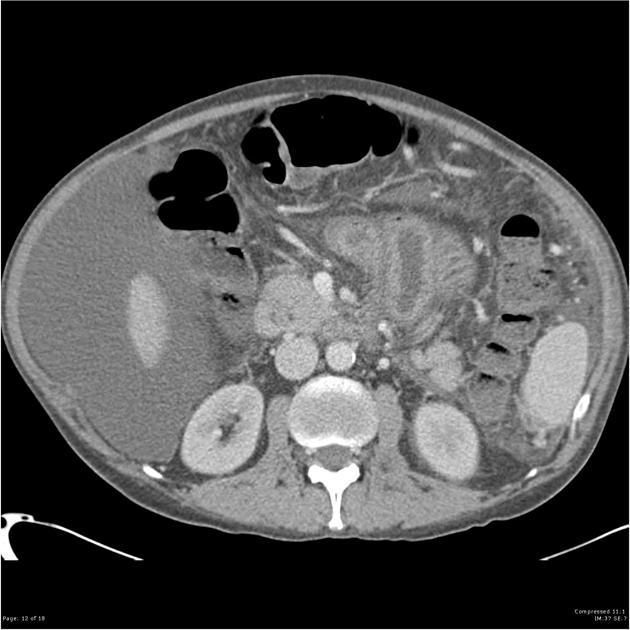

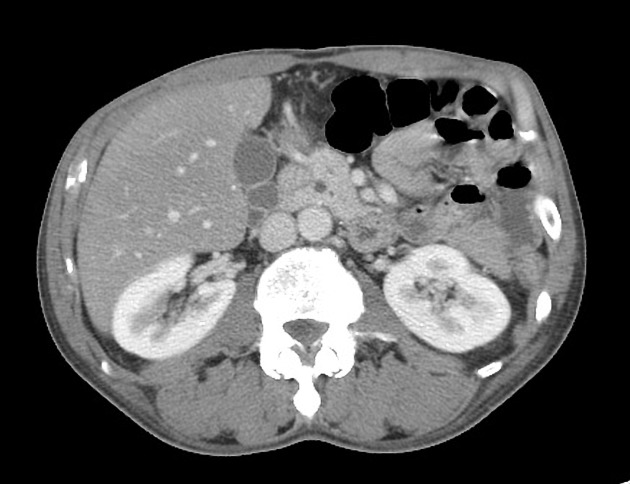

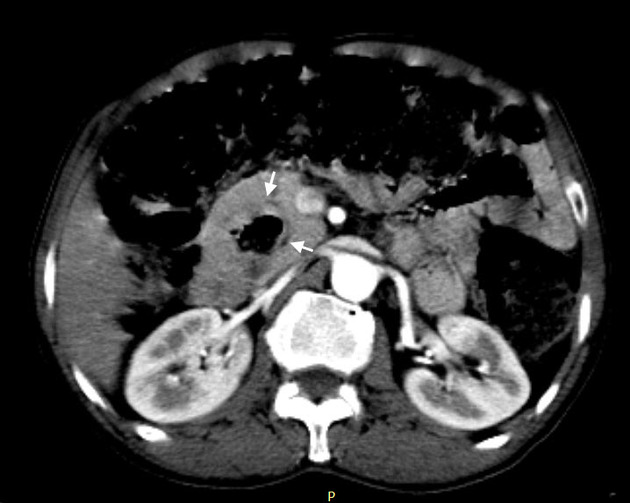

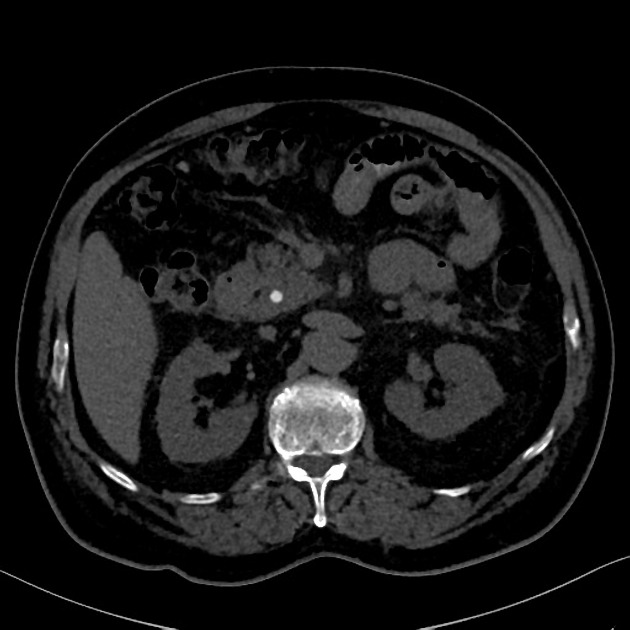


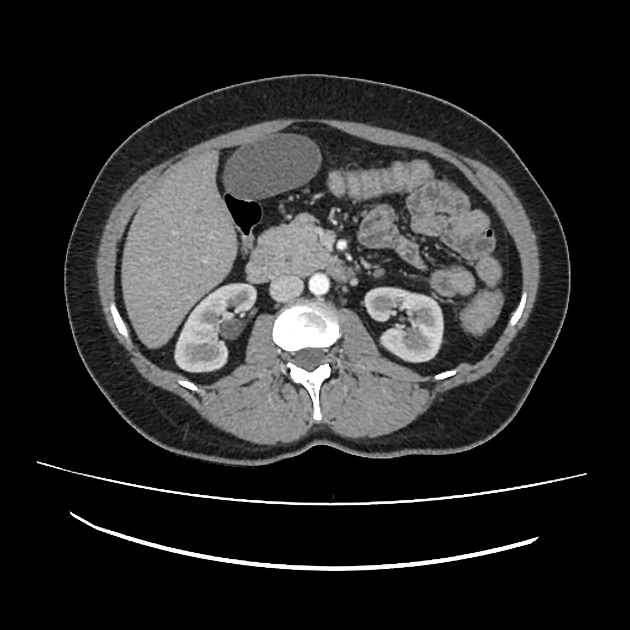
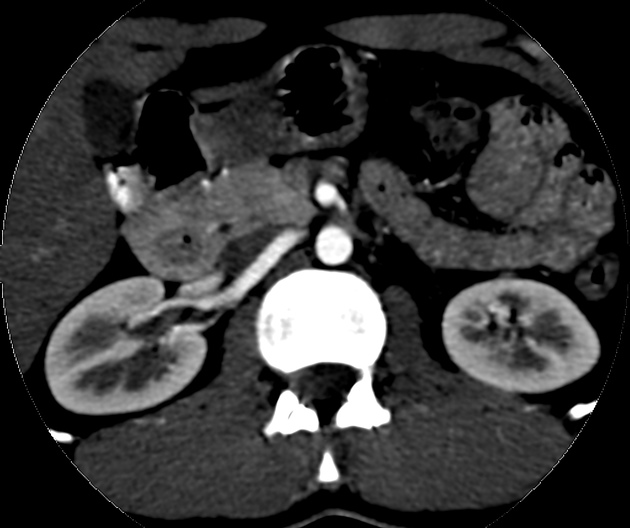



 Unable to process the form. Check for errors and try again.
Unable to process the form. Check for errors and try again.